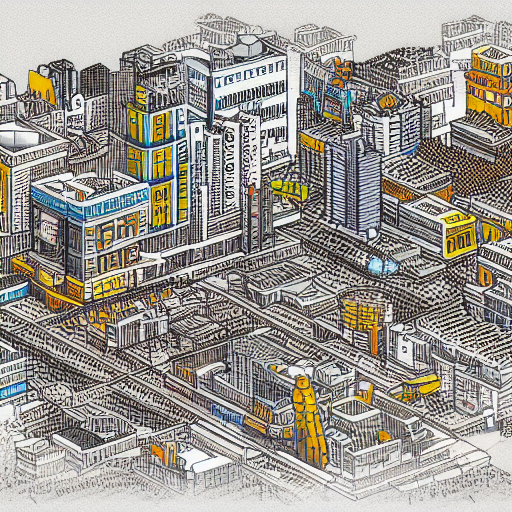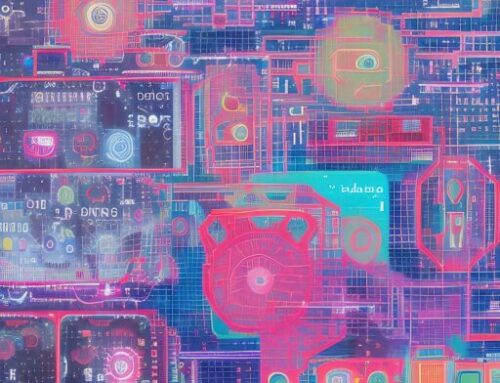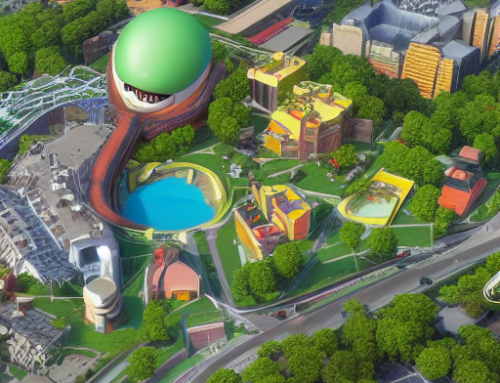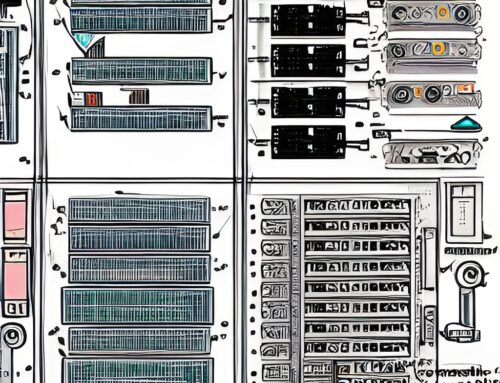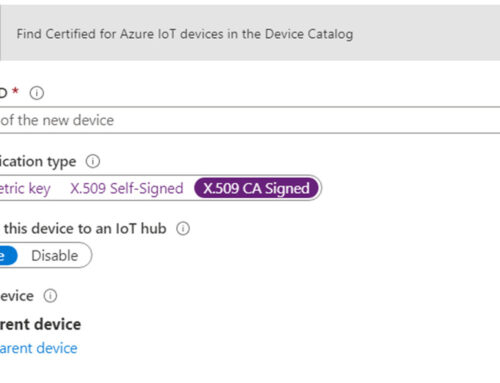Smart spaces are physical or virtual environments that use networked sensors and actuators to collect data and respond to changes in the environment. Smart buildings, smart cities, and even smart homes are all examples of smart spaces. In order to create a truly effective smart space, we must look into the paradigm of the distributed system.
A distributed system is a network of computers that cooperate to achieve a common goal. The key advantage of a distributed system is that it can handle more work than a single computer. This is because the work is divided into smaller pieces that can be processed by different computers in parallel. Another advantage of a distributed system is that it is more reliable than a single computer. This is because if one computer in the system fails, the others can continue to work.
Do you need a distributed system? It’s a difficult question with no easy answer. There are several factors to consider, such as cost, complexity, performance, and security. In this blog post, we’ll take a closer look at each of these factors to help you decide if a distributed system is right for you.
Cost
The first factor to consider is cost. Building a distributed system can be expensive, especially if you’re starting from scratch. You’ll need to invest in hardware, software, and networking infrastructure. You’ll also need to hire staff with the skills and experience necessary to build and maintain the system. If you’re not careful, the costs can quickly spiral out of control.
Complexity
The second factor to consider is complexity. Distributed systems are notoriously difficult to build and maintain. Even small changes can have cascading effects that are hard to predict or debug. This complexity can make it difficult to add new features or scale the system up as your needs change over time.
Performance
The third factor to consider is performance. Distributed systems are often slower than their centralized counterparts because of the increased latency associated with communication between nodes. This increased latency can be problematic for applications that require real-time data or fast response times.
Security
The fourth factor to consider is security. Because distributed systems typically span multiple physical locations, they can be more vulnerable to attack than centralized systems. Additionally, the distribution of data across multiple nodes can make it difficult to detect and fix security breaches.
Conclusion:
There’s no easy answer when it comes to deciding whether or not you should build a distributed system. You’ll need to weigh the costs and benefits carefully before making a decision. If you do decide to build a distributed system, be prepared for the increased complexity and keep an eye on performance and security issues.
